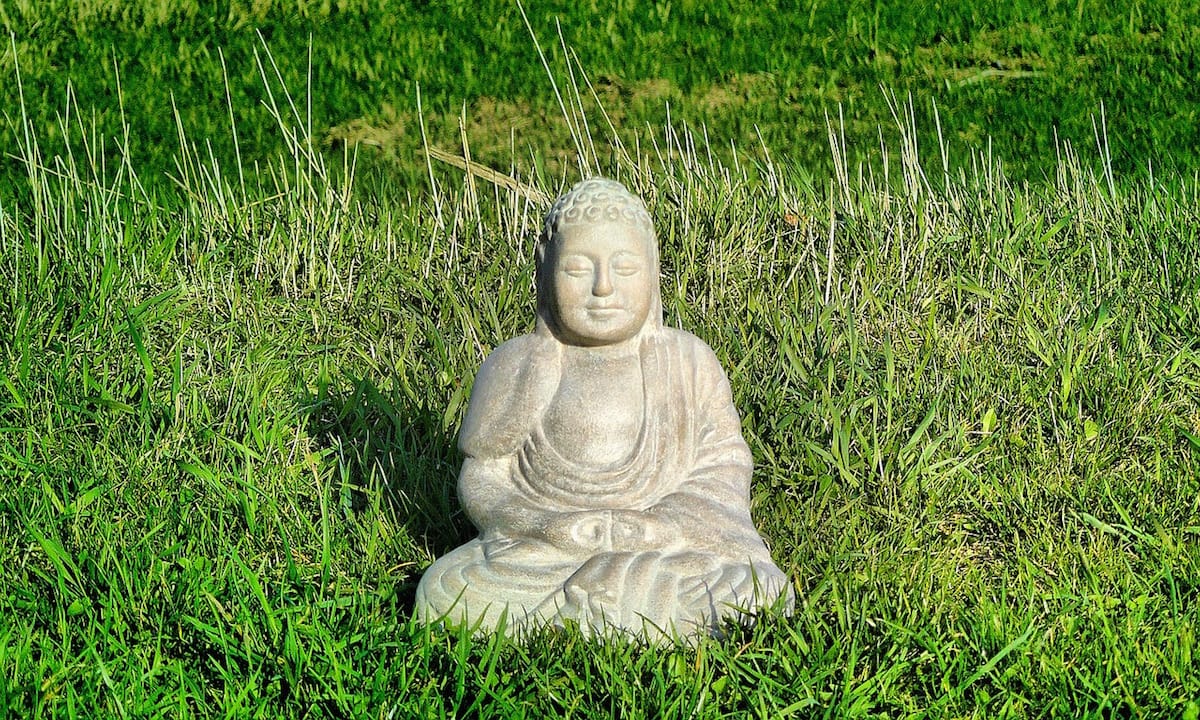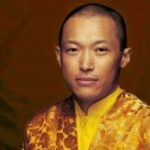[smr-disclaimer]
Psychologically, we are migrators. Going from one thing to another is what makes us happy. So do you think that all stops when you die?
Human beings are goers. If we look at our daily experience, what do we do? We go from one thing to the next. We are always going from one thought to another thought, from one meal to the next meal, from one bathroom stop to the next bathroom stop. We’re constantly asking ourselves, “What am I going to do next?” We ask other people, “Where are you going?” and “Where did you come from?”
Psychologically, we are migrators. Going from one thing to another is what makes us happy. Of course, we do need to go to the bathroom or eat food, but if we watch ourselves, we see it is more than that. It’s our nature that no situation is pleasant for us for very long. To stay comfortable, we shift from one physical posture to another. We get thirsty and we have to drink water. We need entertainment so we have to have a conversation. Then that conversation is over and we go on to the next one.
So, do you think all that stops when you die? Well, your guess is as good as mine, but if you think about it, you would probably say that chances are something is going to keep happening. There is a momentum. Precedents have been set.
When people hear I am a Buddhist, they often say, “Oh, do you believe in rebirth?” For it is not the Buddhist view that we live only one lifetime, and if that’s what we think, we are not on the Buddhist path.
The Buddha’s point of view was that rebirth is not just some belief. It’s the way things are. The reason we find rebirth so difficult to accept is that we think we really exist. We think we had a real birth and that we will have a real death. Getting beyond the notion that such things are truly existent loosens and liberates our mind. Through meditation we begin to prove to ourselves that things don’t really exist, and all of a sudden we have a blank sheet. Everything opens up, and we can relate to the idea of having many lifetimes.
Understanding samsara—the cycle of death and rebirth in which we are caught—is understanding the nature of mind. It is our mind that is the nature of samsara. Samsara only seems to be a physical place because we see separation between phenomena—between people, objects, space. On the other hand, the Buddha goes to Las Vegas and sees the inseparability of form and emptiness, even there.
Our migration through the cycles of death and rebirth is a function of mind. Here we are talking of karma, of virtue and nonvirtue. The way that this whole machinery of samsara functions is by means of virtue and nonvirtue. Virtue produces peace. It produces pleasure, enjoyment and happiness. Nonvirtue produces pain, suffering, agitation, and discontent.
From the Buddhist point of view, any pleasures we experience in this life are due to previous lifetimes of virtue, and any suffering we experience now is the product of previous nonvirtue. Depending on what virtue or nonvirtue we have accumulated, we take birth in one of the realms, and over the course of lifetimes, we migrate among the realms—up and down, round and round, in and out, over and over.
The interesting thing is that all of us have gone through this cycle. At some point in our lifetimes, we have been beautiful gods. We have been kings and queens of great countries. But we have all ended up back here again. We have all been the highest of the high and the lowest of the low—ad infinitum. We are just passing through. We are all migrators. That is samsara.
It is said that the Buddha achieved all the highest states. But then he asked, “What’s the big deal? We’re still in samsara. We could meditate for a billion years in complete equanimity, leave the body and pass into another state, but won’t we still die eventually? Won’t even this state end?” The answer was, “Well, yes, it will, but it’s still pretty good, isn’t it?” And the Buddha said, “No, it’s not good enough, because we always end up back here again.”
The Buddha had the best that could be achieved in this world. It is said he was the smartest guy, the best looking guy, the strongest guy. He did every sensual thing you could possibly think of. He was the king of a country and could do whatever he wanted, and still he was not happy. Even if we can get whatever we want, happiness is not to be found in samsara. Fundamentally, we are still not happy because the mind is not settled. It still churns.
For individuals in samsara, the suffering goes on and on. You could have a perfect life: you could be born wealthy, have good health, a great marriage and kids, and live in a big house with no problems during your whole life. But at the end, you are going to suffer and die. Perhaps you had seventy good years, but in relative terms, that is a very small amount of time. At the end, it is over, and you will probably not end up in the same situation again.
When we look at this, we realize that the situation is not so good. At this point, having understood samsara, we are left with renunciation. We are turning our mind away from samsara towards nirvana, liberation. Understanding the nature of samsara, we start to think about how, exactly, we are going to get out of it. So we turn to contemplative practice.

